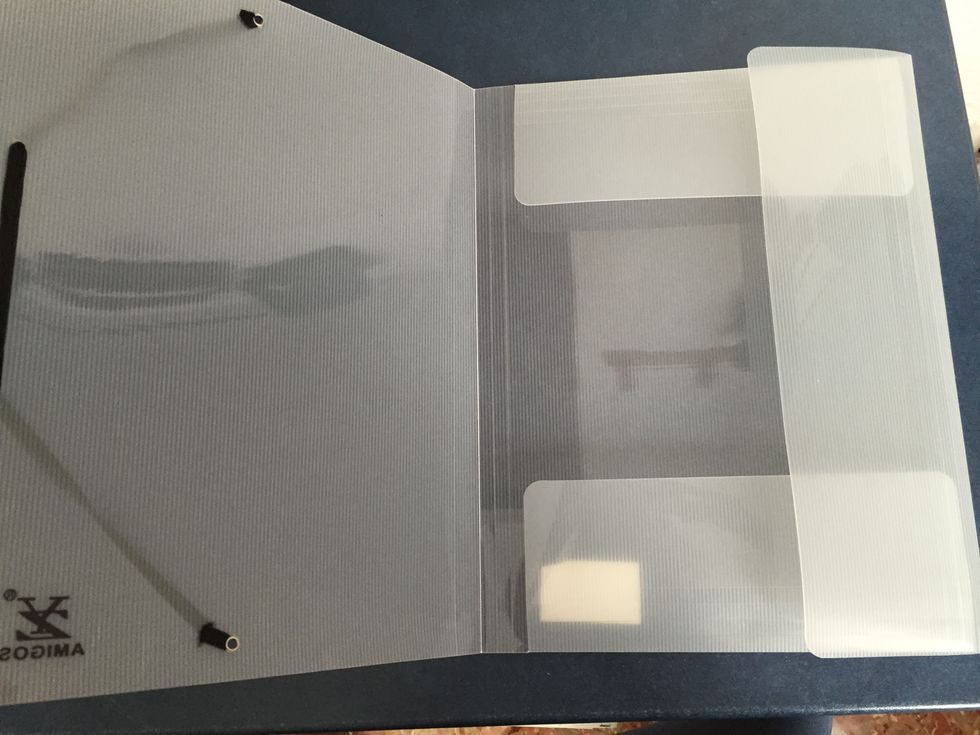While my initial culture shock has faded, I still find things that surprise me every day while studying abroad in Seville, Spain.
Yes, there are obvious differences that most people know about: You will walk everywhere, everybody smokes, tipping isn’t required and Europeans wear long pants -- even when it’s hot out. Still, not all cultural differences are going to be this evident right away. As a continuation of my first article, which can be found here, I would like to elaborate on some more of the less noticeable cultural differences I have noticed during my time in Seville.
1. People sometimes send voice messages instead of text messages.
When I received a voice message from one of my Spanish friends in WhatsApp, I originally thought it was a mistake. When I opened the message, she explained what our plan was for that night and where we should meet. Similar to leaving someone a voicemail, Spaniards occasionally send voice messages instead of typing a long message because it’s easier. Some people also use voice messages while driving instead of texting because it's safer (but still probably not very safe).
2. Roller blading is still in style.
Are we back in the 1990s? I thought the era of roller blading ended a long time ago, but the trend is still very much alive in Spain. So random, but it’s also very cool because it sort of feels like an alternate reality.
3. Paying in cash is more common than it is in the U.S.
In the United States, there is very rarely a minimum for credit/debit cards in stores. This is not the case in Spain. If you’re grabbing something small like candy or a coffee, it's easier to pay in cash.
4. Drinking alcohol is super casual.
Dunkin’ Coffee (aka Dunkin’ Donuts) sells beer in Spain. What? Why would you go to a coffee shop for a beer? But that’s beside the point. In Spain, you don’t have to wait until 5 o’clock if you want to have a glass of wine.
5. Split checks aren’t a thing.
My friends and I asked our waiter if we could get split checks, and he looked very confused. Sure, it’s possible, but it’s not common. If you’re going out to eat with friends, it’s best to bring cash so that you can divide the bill accordingly instead of confusing (and annoying) your attractive waiter.
6. Pre-gaming in the street is normal.
El botellón, otherwise known as street drinking, is the Spanish version of a pregame. Everyone brings a drink and congregates in one area before heading to the discotecas. Why? Drinking at bars can be pretty pricey, thus the botellón was born in Spain.
7. No one checks IDs.
Okay, I know the drinking age here is 18, but I haven’t seen anyone get carded. Even the teenagers! Not to mention that some people think I look 16, and no one has asked for my ID. In the United States, most places will check your ID even if you look 21.
8. Vegetarianism is almost nonexistent.
When it comes to meals, there are very few alternatives for vegetarians in Spain. Almost every dish contains ham, beef, lamb, pork, or chicken.
If you're a pescatarian, your options are more varied because seafood is common. In the United States, most places have "vegetarian friendly options" this isn't the case in Spain. You'll have to search a little bit harder and ask more questions about the food if you want to avoid eating meat.
9. School supplies look different.
There's no such thing as Staples in Spain, and it makes your search for school supplies a little more difficult. If you want to find school supplies, you can visit a "chino" shop to buy folders, pencil cases, and notebooks for a very reasonable price.
I was devastated when I discovered that my beloved two-pocket folder could not be found in Spain. The folders here look like this:
It really threw me off.
Another problem with buying supplies at the chino shop? Options are limited. When I went to buy a pencil case, this was the only one available:
Thankfully, though, I'm not alone (shout out to the boy in my class with the "Hannah Montana" folder).









































